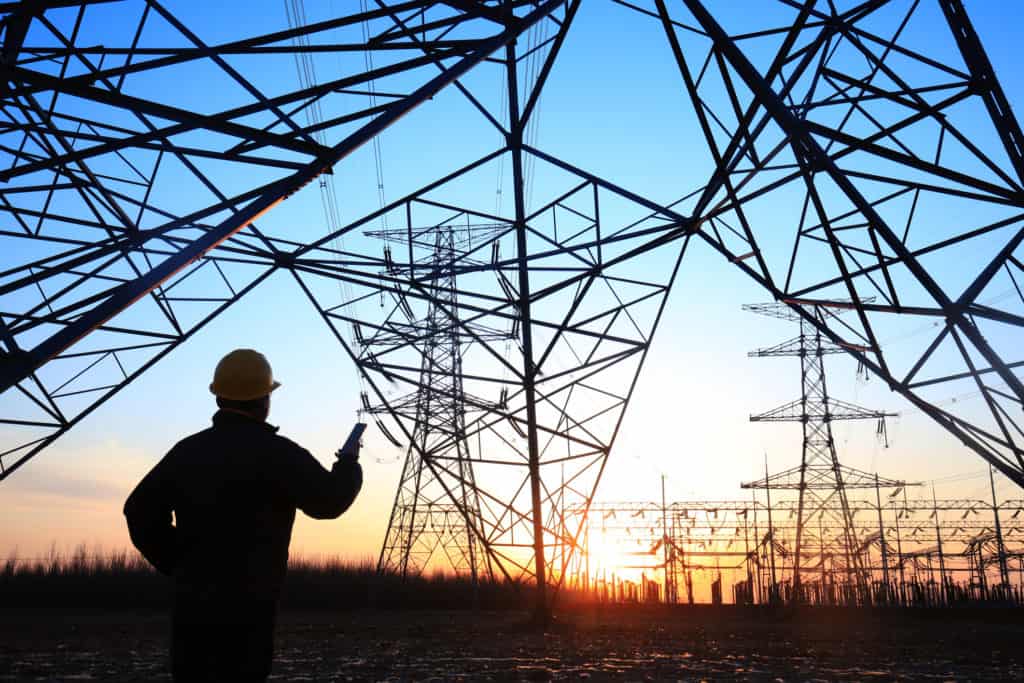Allight has developed a new version of the company’s URBAN lighting towers, with a focus on a compact design, safety and reduced noise.
Almost a decade ago, Allight released the URBAN range of lighting towers for use in the often cramped metropolitan environment.
Now with additional advancements in LED and engine technology, Allight is bringing back the brand with its URBAN Lighting Tower, with updates to ensure construction sites can be lit without waking the neighbours.
Flexibility, safety, efficiency and noise reduction were the main considerations for the URBAN Lighting Tower’s design, so that civil construction companies would be able to use them across an array of night time operations.
Garrin Angel, Allight Product Life Cycle Manager – Light and Power, says the towers can be used effectively on road maintenance projects, events, additional site security and for use on construction sites.
“A lot of research went into bringing back one of our most popular brands from around 10 years ago. We looked at what the original’s strengths were in the market and how we could improve on it,” Mr. Angel says.
“Some of the elements we wanted to focus on were a digital control unit, enhanced safety inclusions and a low fuel consumption to ensure the products provided the most value for our clients.”
The URBAN lighting tower has been designed to run on 700 millilitres of fuel per hour, giving the machines an operating span of 136 hours before needing a top up, leading to less environmental impacts and reduced running costs.
Part of the fuel efficiency comes from the lower power demands of the LED lighting, which produce bright broad-spectrum light, which means provides a larger area of illumination while reducing glare for motorists.
Allight offers a service to plot where lights need to be placed for maximum coverage at the most cost-effective price.
A key consideration for night projects in metropolitan areas is noise control, which is why Allight ensured the URBAN lighting tower run at around 63 decibels, roughly equivalent to a conversation in a restaurant.
Because the tower is also more compact than previous iterations it makes transportation and placement easier for a wider variety of locations.
It uses an adapted AL-KO axle system which places the weight of the tower onto the draw bar to prevent the trailer from weaving side to side.
Mr. Angel says the compact design hasn’t compromised its stability, as the shape of the towers makes them very difficult to tip over.
“The angle at which the tower can fall is actually quite difficult to reach, and it physically cannot be jacked up that high accidentally,” he says.
“To improve safety even further, there are a built-in voice alarms that will remind users to extend and retract stabilisers when necessary. If the tower is not level, the mast won’t raise, making accidents less likely to occur.
“The engine is also fully bunded, meaning there is no risk of contamination or oil spill and the interiors of the machine have been designed so it is easy to perform maintenance on,” he adds.
More than 100 lighting towers have been delivered to construction and hire companies and with more than 160 on the way.
Allight uses a 24-7 support network to get its engineers and repair specialists to a site within two to four hours to provide their clients with the necessary support if something goes wrong.
Mr. Angel says this fast response time is critical for customers, as delays on infrastructure projects can be quite costly.
“Without lights at night, work cannot be done safely and would need to slow or stop. This lost productivity on some construction sites can add up. Allight prides itself on making sure if something should ever go wrong, no matter what make of light tower, we have people available at all times of night and day to help keep the lights on,” he explains.













